NSC 123127;Adriamycin; Hydroxydaunorubicin hydrochloride;
Doxorubicin hydrochloride
25316-40-9
25316-40-9
¥263
5mg
起订
¥1103
50mg
起订
上海 更新日期:2023-10-16
产品详情:
- 中文名称:
- NSC 123127;Adriamycin; Hydroxydaunorubicin hydrochloride;
- 英文名称:
- Doxorubicin hydrochloride
- CAS号:
- 25316-40-9
- 纯度规格:
- >98%
- 产品类别:
- 激动剂抑制剂
公司简介
爱必信(上海)生物科技有限公司成立于2010年,位于上海市申江科创园。是一家自主研发和生产生物试剂的公司。
Absin?是爱必信(上海)生物科技有限公司的试剂品牌,目前已近60万种生化试剂,10万种抗体,其基础生化试剂在基础科学领域得到广泛应用的同时,特色产品线常规生化试剂,血清,小分子激动剂及抑制剂在业界也备受好评。
Absin秉承踏实,务实,求精和不断创新的精神为中国科学家提供最好的产品,努力打造属于中国自己的生物试剂品牌,为广大科学家提供更全面更丰富更优质的产品。
爱科研,必信它(Absin)!Absin努力成为你身边的科研百宝箱!
| 成立日期 | (15年) |
| 注册资本 | 2500万 |
| 员工人数 | 100-500人 |
| 年营业额 | ¥ 1000万-5000万 |
| 经营模式 | 工厂 |
| 主营行业 | 生化试剂,抗体,分子生物学,生物活性小分子 |
NSC 123127;Adriamycin; Hydroxydaunorubicin hydrochloride;相关厂家报价 更多
-
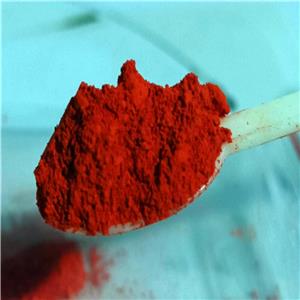
- 盐酸阿霉素
- 湖北威德利化学科技有限公司 VIP
- 2024-12-31
- ¥650
-
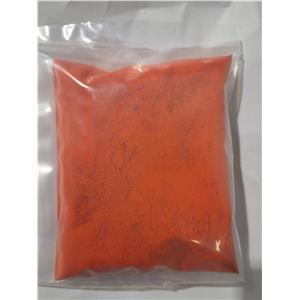
- 盐酸阿霉素 盐酸多柔比星
- 湖北威德利化学试剂有限公司 VIP
- 2024-12-31
- ¥380
-
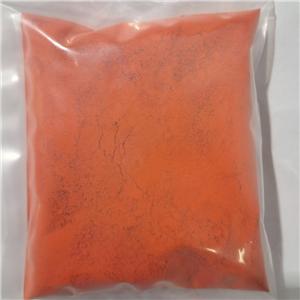
- 盐酸多柔比星
- 武汉鼎信通药业有限公司 VIP
- 2024-12-31
- ¥800
-

- 25316-40-9盐酸多柔比星 98% 生产工艺方法 15871722230
- 武汉鼎信通药业有限公司 VIP
- 2024-12-31
- ¥1200
-
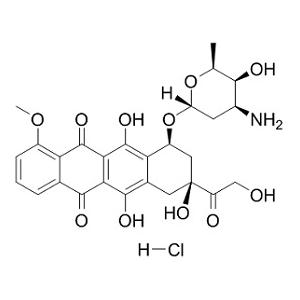
- 盐酸阿霉素(盐酸多柔比星)
- 凯立德生物医药技术(上海)有限公司 VIP
- 2024-12-31
- 询价
-

- 盐酸多柔比星/25316-40-9
- 湖北魏氏化学试剂股份有限公司 VIP
- 2024-12-31
- ¥549
-
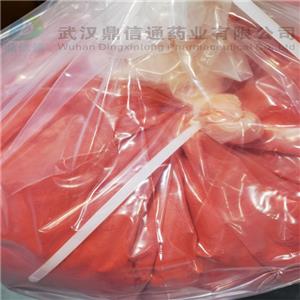
- 盐酸阿霉素25316-40-9医药原料
- 湖北威德利化学试剂有限公司 VIP
- 2024-12-31
- 询价
-
- 盐酸阿霉素
- 武汉裕清嘉衡药业有限公司 VIP
- 2024-12-31
- 询价
-

- 盐酸多柔比星
- 深圳振强生物技术有限公司 VIP
- 2024-12-31
- 询价
-
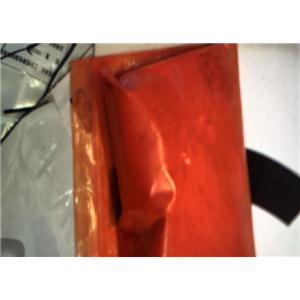
- 盐酸阿霉素_CAS#:25316-40-9_纯度99%
- 武汉东康源科技有限公司 VIP
- 2024-12-31
- 询价



